Planetarium Show Library
Any of the full-dome programs below can be chosen for viewing during field trips or private rentals. In addition to the featured full-dome show, each program includes a live introduction.
All programs run approximately 1 hour.
Field Trip Shows
The following shows are available for field trips and appear on our public show calendar.
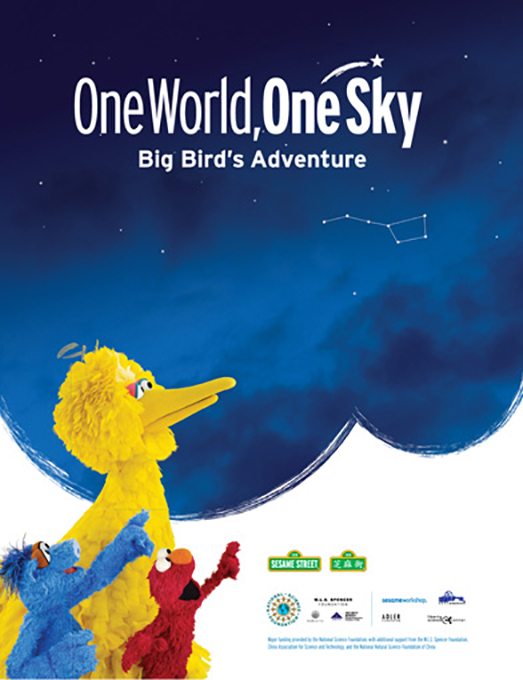
One World, One Sky: Big Bird's Adventure
Explore the night sky with your favorite friends from Sesame Street in Big Bird's Adventure: One World, One Sky. Follow along with Big Bird, Elmo, and their friend from China, Hu Hu Zhu, as they take you on a journey of discovery to learn about the Big Dipper, the North Star, the Sun, and the Moon.
NGSS:
P-ESS1-1, P-PS3-1, K-PS3-1, 1-ESS1-1
Recommended for Ages 3-6
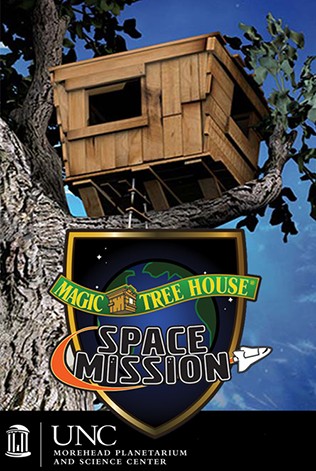
Magic Tree House: Space Mission
Travel with the brother-sister duo Jack and Annie in their Magic Tree House as they learn about how scientists uncover the mysteries of the universe. With the help of a real astronomer, astronaut, and of course, a pile of books, Jack and Annie are taken on a wondrous journey of adventure and learning to the edges of the universe. Based on the popular book series by Mary Pope Osborne.
NGSS:
K-ESS3-1, K-2-ETS1-1, 2-ESS2-3, 3-LS4-3, 4-PS3-2, 5-ESS1-1
Recommended for Grades 2-5
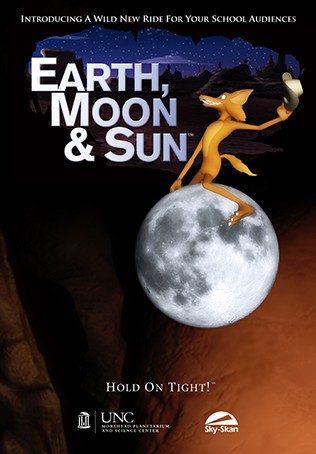
Earth, Moon, & Sun
Earth, Moon, & Sun is a fun and exciting full dome exploration of a huge range of heavenly phenomena. Lunar phases, eclipses, day and night, the sun and seasons are all explained with the help of a very confused and troublesome coyote, straight from Native American folklore. Through correcting Coyote's many misunderstandings, we can begin to unfold what's really going on in the sky.
NGSS:
1-PS4-2, 1-PS4-3, 1-ESS1-1, 1-ESS1-2, 3-PS2-2, 3-ESS2-2, 5-PS2-1, 5-ESS1-1, 5-ESS1-2, MS-PS2-3, MS-PS2-4, MS-ESS1-1, MS-ESS1-2, MS-ESS1-3
Recommended for Grades K-4
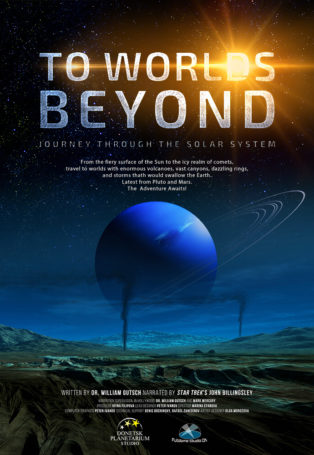
To Worlds Beyond: Journey through the Solar System
Eight other worlds share our solar system, each one stranger and more interesting than the last. Travel from the surface of the sun all the way to the icy realm of comets. Volcanoes the size of France, storms bigger than the Earth, and clouds that rain acid are just some of the incredible things to discover on worlds both big and small as you make your journey through the Solar System.
NGSS:
3-PS2-3, 4-ESS2-1, 5-PS1-3, 5-ESS2-1, MS-PS2-4, MS-ESS1-3, MS-LS1-5, HS-PS3-5, HS-ESS1-1
Recommended for Grades 3 and up
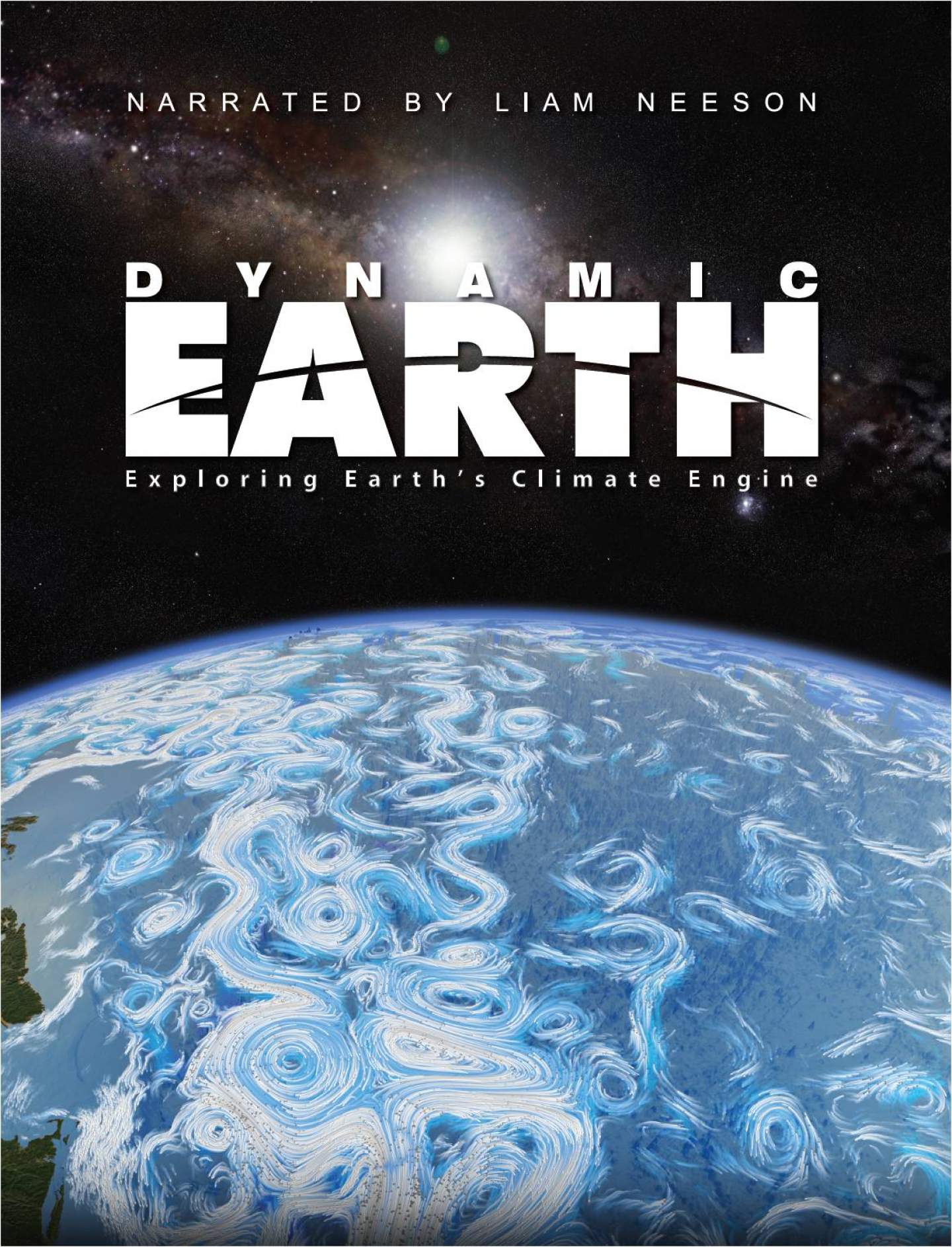
Dynamic Earth
Dynamic Earth explores the inner workings of Earth’s great life support system: the global climate. With visualizations based on satellite monitoring data and advanced supercomputer simulations, this cutting-edge production follows a trail of energy that flows from the Sun into the interlocking systems that shape our climate: the atmosphere, oceans, and the biosphere.
Audiences will ride along on swirling ocean and wind currents, dive into the heart of a monster hurricane, come face-to-face with sharks and gigantic whales, and fly into roiling volcanoes.
NGSS:
5-ESS2-1, 5-ESS2-2, MS-ESS2-1, MS-ESS2-2, MS-ESS2-5, MS-ESS2-6
Recommended for Grades 5 and up

Explore
The sky has been an object of fascination for as long as humans have walked the earth. The movements of the spheres are ingrained in every culture on earth and have created mythologies, superstitions, and legends many people still recognize. Today we turn our scientific tools toward the heavens to get a new perspective of the universe and our place in it. Take a journey through time, from the most ancient astrologers to the future of human exploration of the solar system, and see how our view of the cosmos has grown and evolved.
NGSS:
5-ESS1-1, 5-ESS1-2, MS-PS2-1, MS-PS2-4, MS-PS2-5, MS-ESS1-1, MS-ESS1-2, MS-ESS1-3, HS-PS2-1, HS-ESS1-4
Recommended for Grades 6 and up
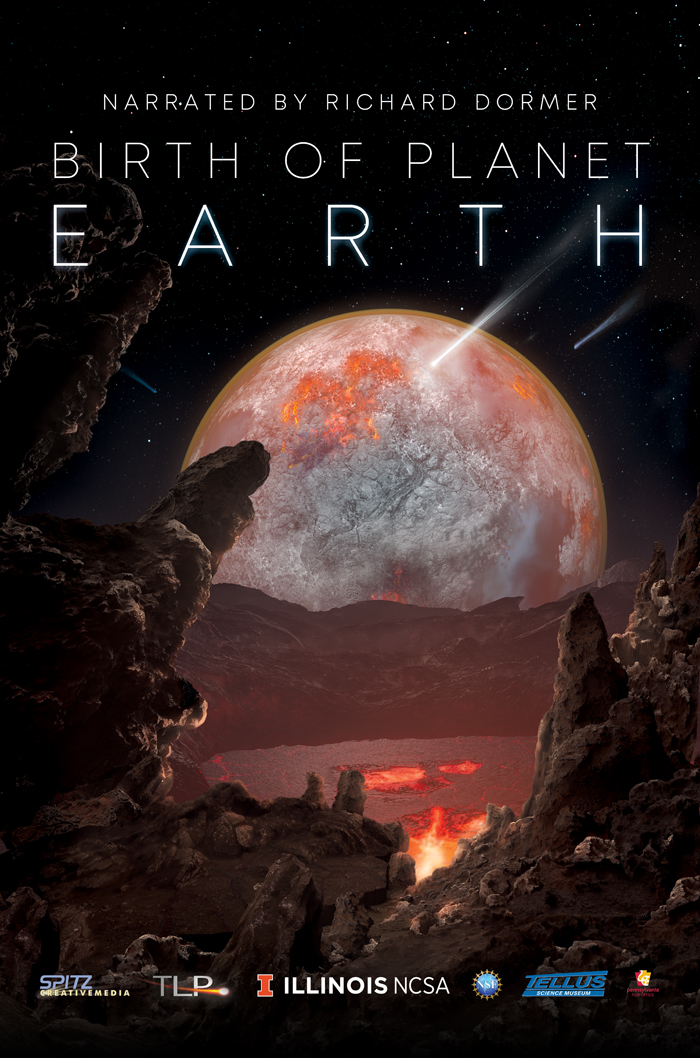
Birth of Planet Earth
Scientists now believe that our galaxy is filled with solar systems, including up to a billion planets roughly the size of our own. The film employs advanced, data-driven, cinematic-quality visualizations to explore some of the greatest questions in science today: How did Earth become a living planet in the wake of our solar system’s violent birth? What does its history tell us about our chances of finding other worlds that are truly Earth-like?
Recommended Grade: 5 and up
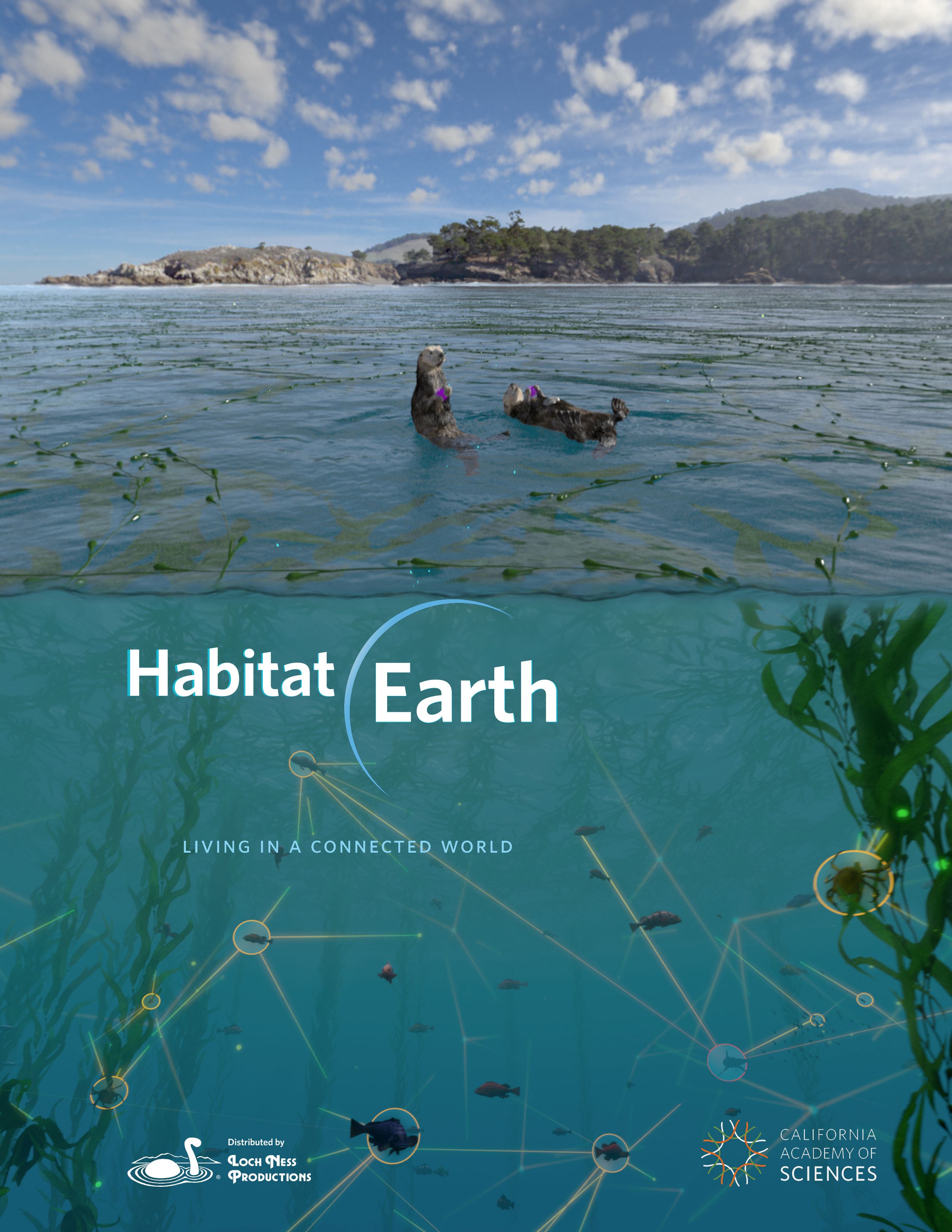
Habitat Earth
Living networks connect and support life forms large and small—from colonies of tiny microbes and populations of massive whales to ever-expanding human societies. In the California Academy of Sciences’ latest original planetarium show, Habitat Earth, discover what it means to live in today’s connected world. Through stunning visualizations of the natural world, dive below the ocean’s surface to explore the dynamic relationships found in kelp forest ecosystems, travel beneath the forest floor to see how Earth’s tallest trees rely on tiny fungi to survive, and journey to new heights to witness the intricate intersection between human and ecological networks.
NGSS:
3-LS4.C, 3-LS4.D, 4-ESS2.E, 5-LS2.A, 5-LS2.B, 5-ESS3.C, MS-LS1.C, MS-LS2.A, MS-LS2.B, MS-LS2.C, MS-LS4.D, MS-ESS2.C, MS-ESS3.C, HS-LS1.C, HS-LS2.C, HS-LS4.C, HS-LS4.D, HS-ESS3.C, HS-ESS3.D
Recommended for Grades 5 and up
Public Shows
The following shows appear on our public show calendar, but can also be booked for field trips.
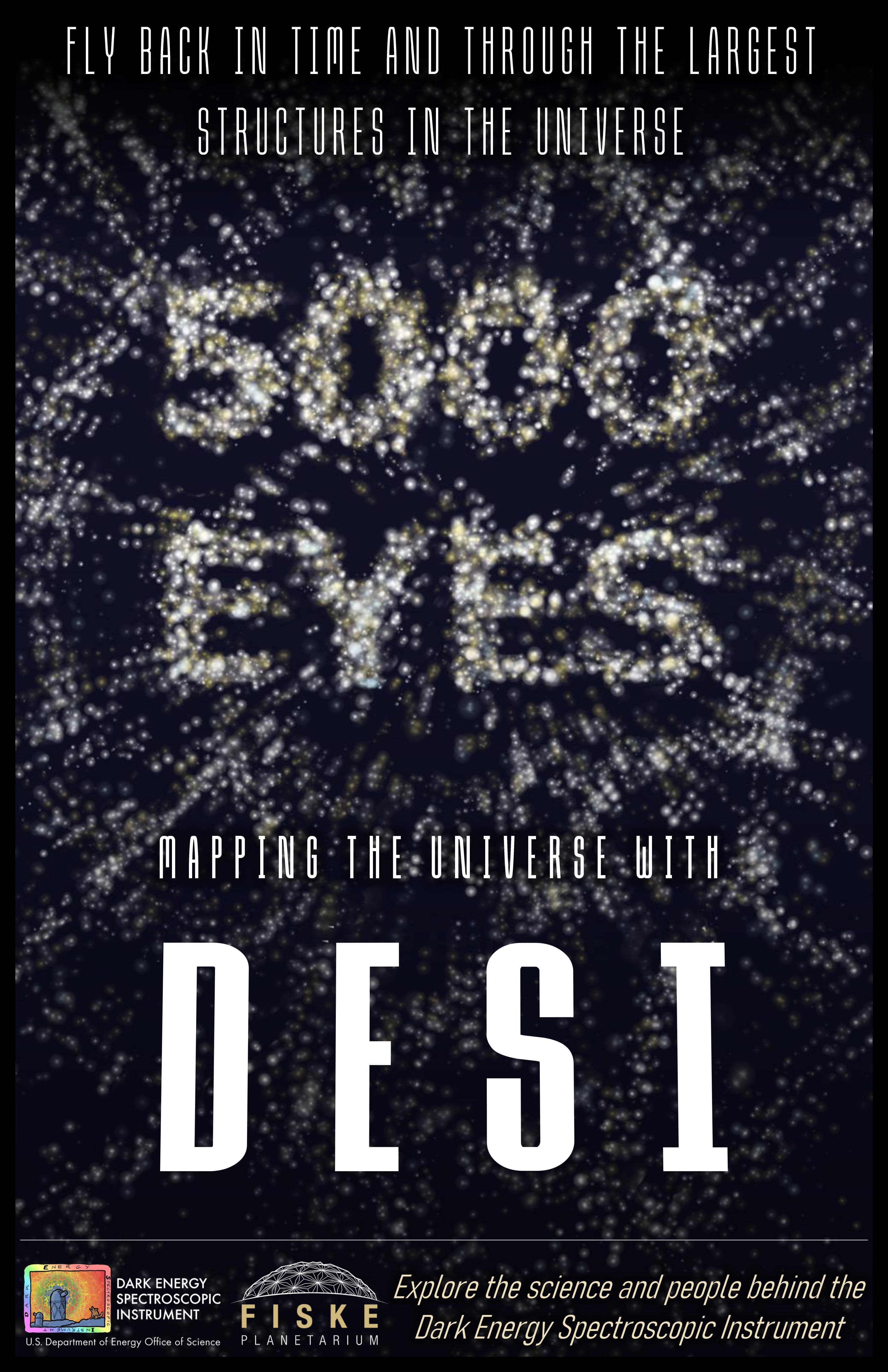
5000 EYES: Mapping the Universe with DESI
The Dark Energy Spectroscopic Instrument - or DESI - is revolutionizing the way we peer into the cosmos. Using 5000 tiny robots, DESI is creating the most detailed map of the universe ever. Experience the largest structures in the universe as never seen before by flying through a portion of DESI’s initial data. Dive into modern cosmology, plus the scientific background and motivation for building a large map of galaxies. And, take a trip to Kitt Peak to see footage of the telescope in action while getting to know the amazing people from all over the world making this research possible.
Recommended for Ages 12 and up
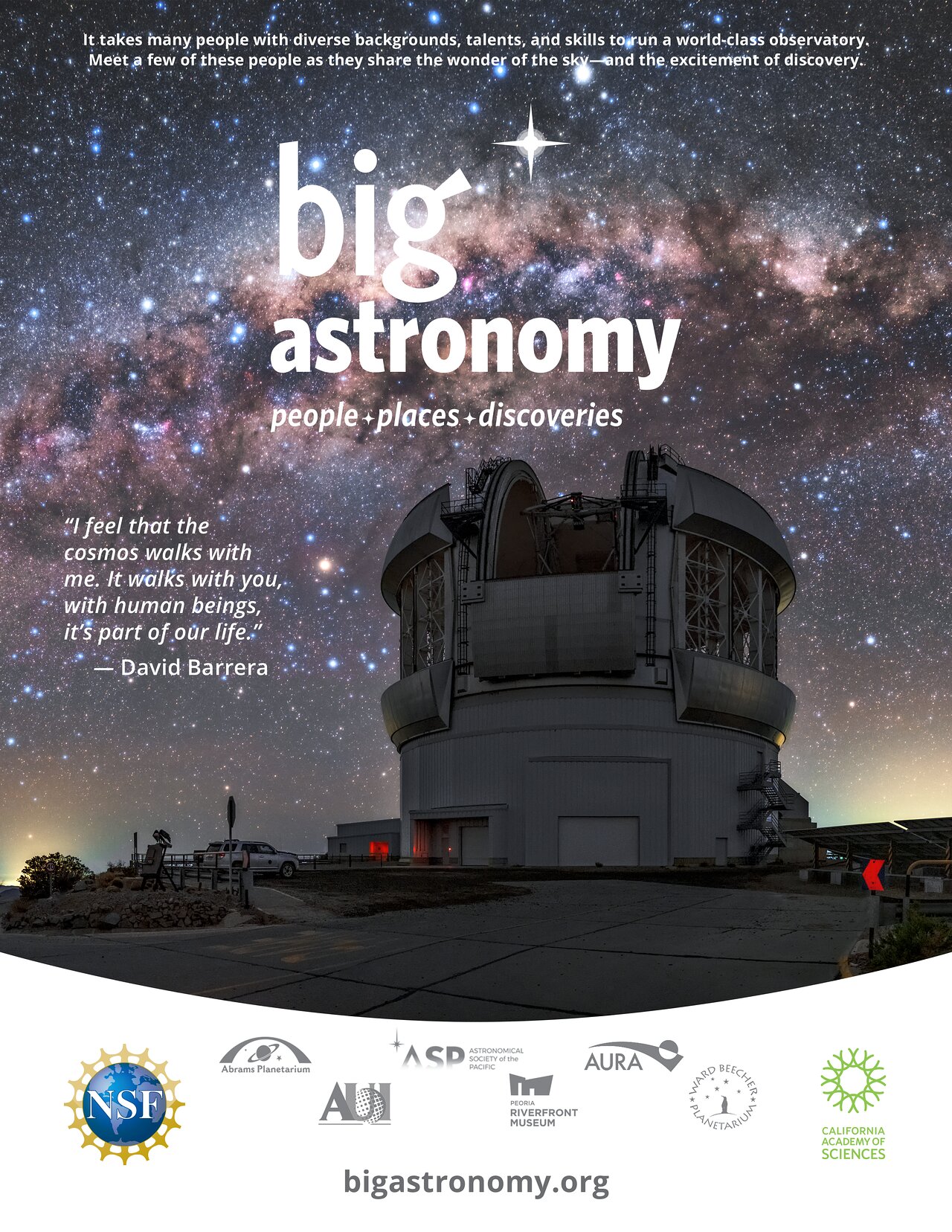
Big Astronomy: People, Places, Discoveries
In Big Astronomy: People, Places, Discoveries, journey to three world-class observatories in Chile’s rugged Andes Mountains and arid Atacama Desert— remote, extreme regions that happen to have the perfect conditions for astronomical research. Along the way, you’ll meet an inspiring cast of astronomers, engineers, technicians, and support staff who keep these mega-machines running.
NGSS:
MS-ESS1-2, MS-ESS2-5, MS-ESS1-3, MS-PS4-2
Recommended for Ages 10 and up
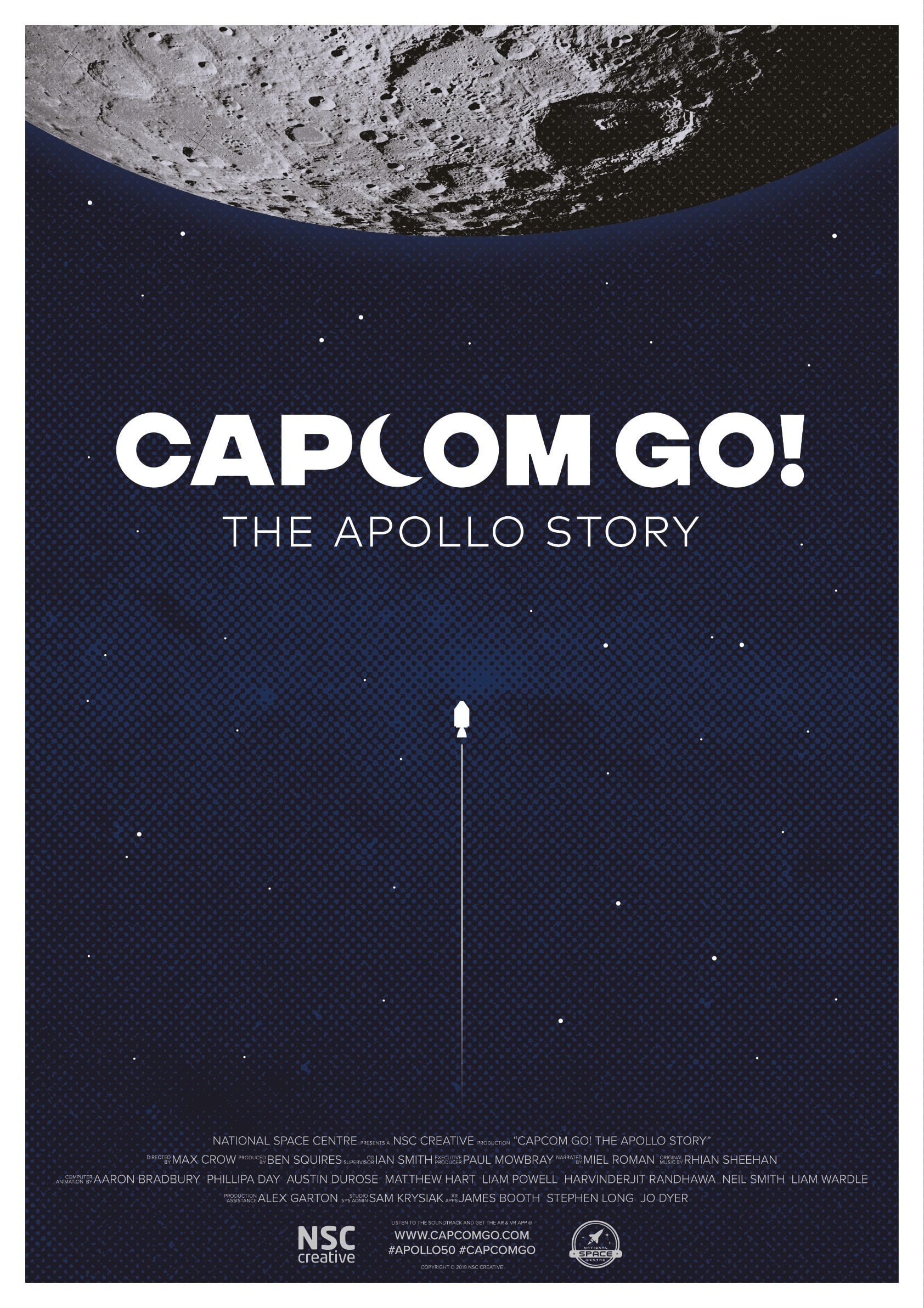
CAPCOM GO! The Apollo Story
On July 20th 1969, 600 million people around the world gathered to witness a historic moment of human achievement broadcast live from the Moon. The world celebrated as the astronauts made that "giant leap for mankind". But few people were aware of just how huge an effort it had taken to get them there. These Apollo 11 astronauts were just 2 of nearly 400,000 people who had worked over ten years towards this goal. But how did they do it? What did it take to put humans on the Moon?
Recommended for Ages 9 and up

Dark Matter Mystery
What keeps Galaxies together? What are the building blocks of the Universe? What makes the Universe look the way it looks today? Researchers all around the world try to answer these questions. We know today that approximately a quarter of the Universe is filled with a mysterious glue: Dark Matter. We know that it is out there. But we have no idea what it is made out of. Join the scientists on their hunt for Dark Matter with experiments in space and deep underground. Will they be able to solve the Dark Matter Mystery?
Recommended for Ages 14 and up
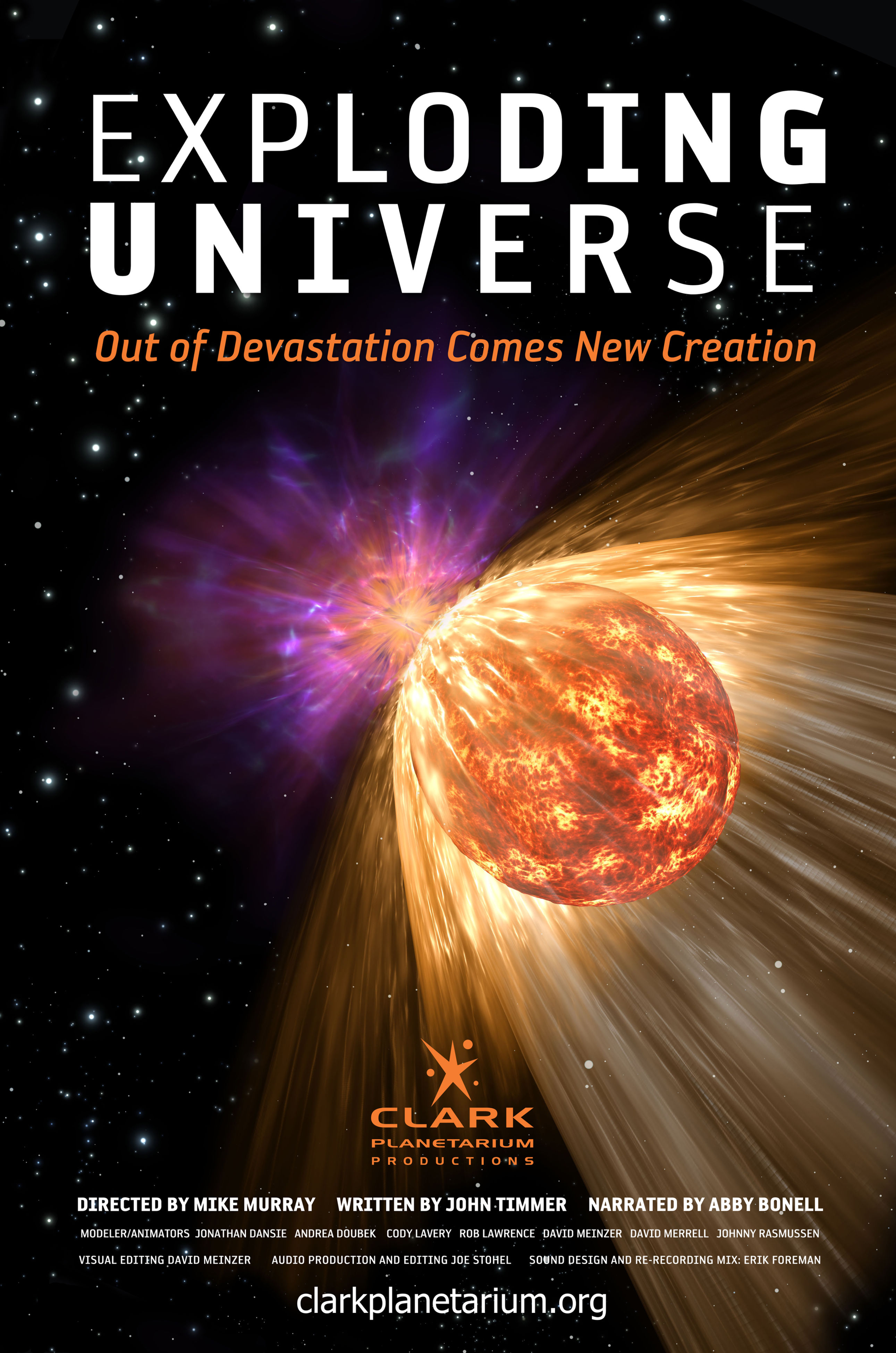
Exploding Universe
Out of devastating events in the cosmos comes new creation. Explosive phenomena are responsible for the way we see the universe today, and not all of them happen on a grand scale.
When giant stars explode as “supernovas,” they seed the galaxies with heavy elements that make planets and life possible. Some collisions we’re only just now starting to understand. For example, when Black Holes collide, they can throw off some of the most energetic particles known, ripping and warping space as they go. But other “explosions” have profound effects as well, such as the beauty and power of supervolcanoes which have contributed to the transformation of our world into the life bearing oasis we now enjoy. The smallest of explosions, such as the forced impact of atoms, can echo the foundation events of the early universe.
As the universe has transformed into the structure we live in now, even the most elementary particles have endured. This show follows the path of one of these “particles,” a proton, as it participates in nature’s astounding events of rebirth and renewal.
Recommended for Ages 10 and up
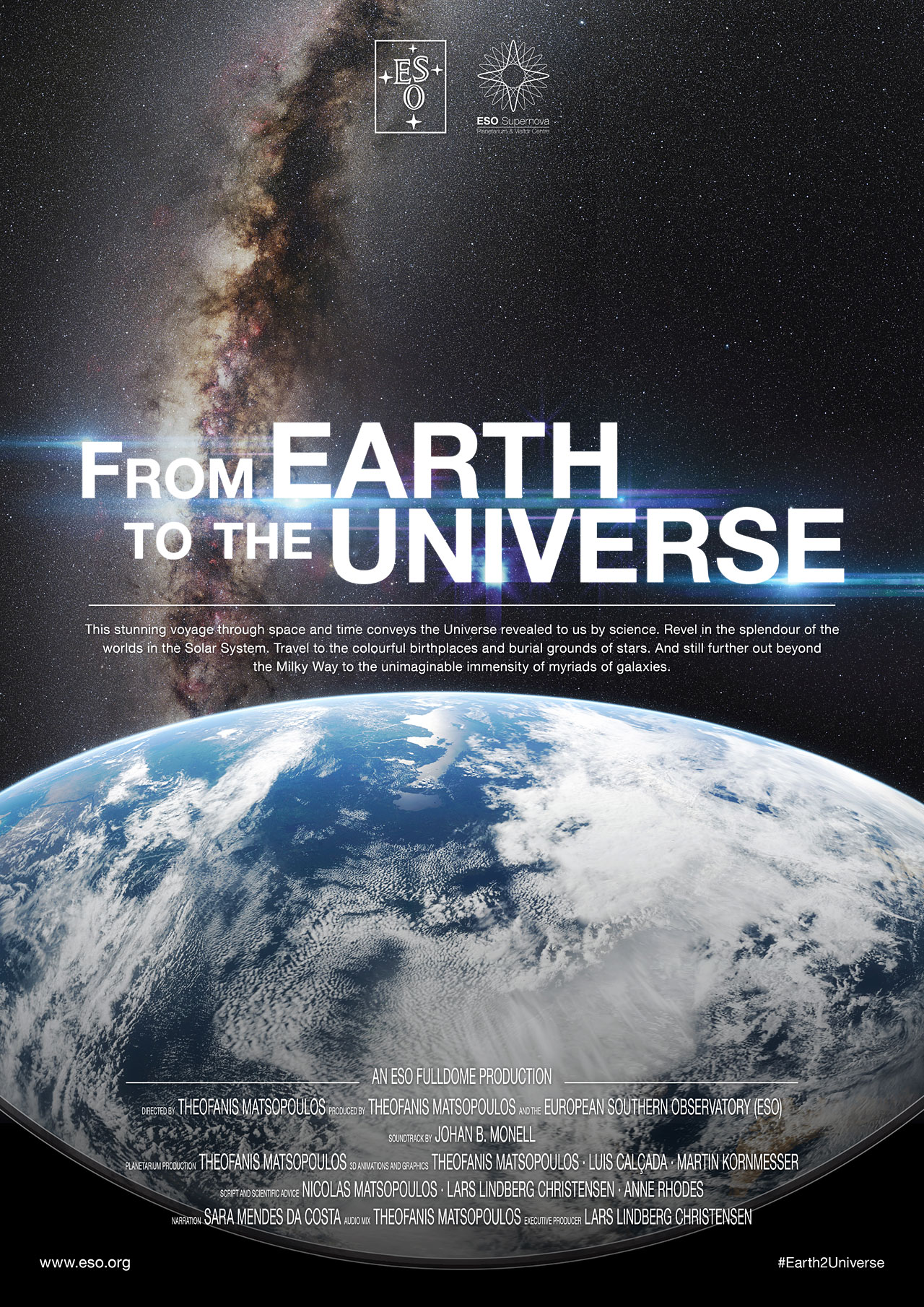
From Earth to the Universe
The night sky, both beautiful and mysterious, has been the subject of campfire stories, ancient myths and awe for as long as there have been people. A desire to comprehend the Universe may well be humanity’s oldest shared intellectual experience. Yet only recently have we truly begun to grasp our place in the vast cosmos. To learn about this journey of celestial discovery, from the theories of the ancient Greek astronomers to today’s grandest telescopes, we invite you to experience From Earth to the Universe.
Recommended for Ages 10 and up
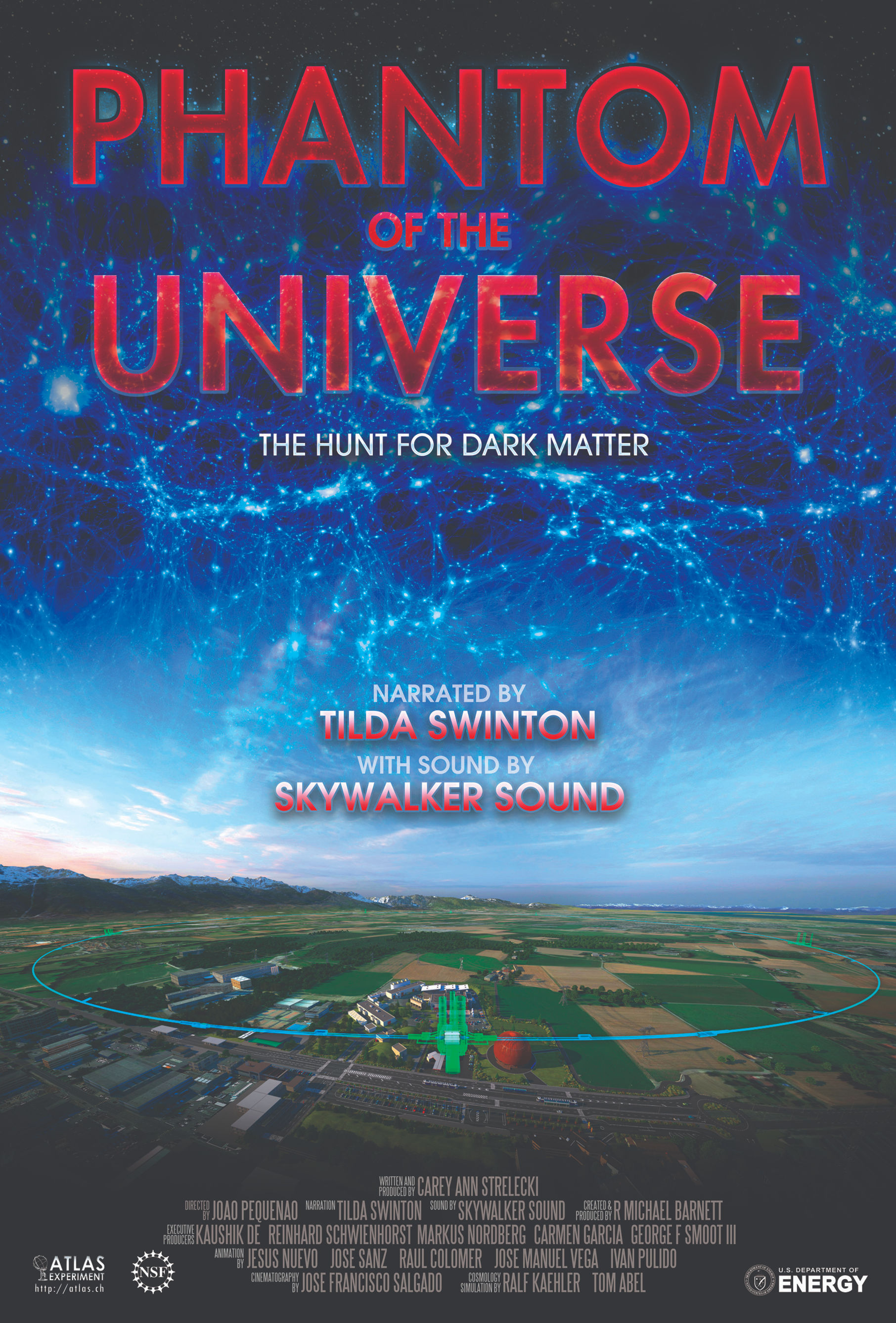
Phantom of the Universe: The Hunt for Dark Matter
Discover the mysterious presence of dark matter through the eyes of Fritz Zwicky, the scientist who coined the term “dark matter.” Witness astral choreography with Vera Rubin in the Andromeda galaxy and then plummet deep underground to see the most sensitive dark matter detector on Earth, housed in a former gold mine. From there, journey across space and time to the Large Hadron Collider at CERN, speeding alongside particles before they collide in visually stunning explosions of light and sound, while learning how scientists around the world are collaborating to track down the constituents of dark matter. Narrated by Tilda Swinton.
Recommended for Ages 12 and up
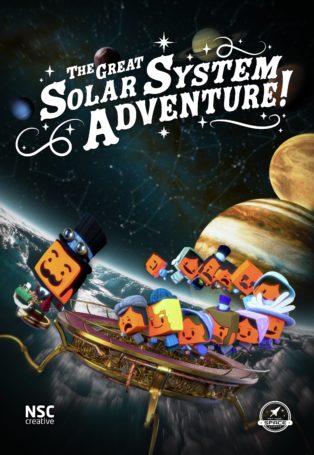
The Great Solar System Adventure
Come one, come all, for the most exraordinary ride of a lifetime! Join us as we take a journey with the Great Solar System Adventure! From the scorched surface of Mercury to the cold atmosphere of Neptune, the Solar System is a terrifying but beautiful place. Our extraordinary showman, "The Great Schiaparelli", will whisk you away in his amazing Observatorium to explore the planets and moons of the Solar System and learn first-hand all the dangers these worlds present.
Recommended for Grades 3 and up

The Sun: Our Living Star
The Sun has shone on our world for four and a half billion years. The light that warms our skin today has been felt by every person who has ever lived. It is our nearest star and our planet’s powerhouse, the source of the energy that drives our winds, our weather and all life. The passage of the Sun’s fiery disc across the sky — day by day, month by month — was the only way to keep track of time for countless past civilizations. Don’t be fooled by the terminology; although it is a typical dwarf star, the Sun consumes 600 million tons of hydrogen each second and is 500 times as massive as all the planets combined. Discover the secrets of our star in this planetarium show and experience never-before-seen images of the Sun’s violent surface in immersive fulldome format.
Recommended for Ages 8 and up
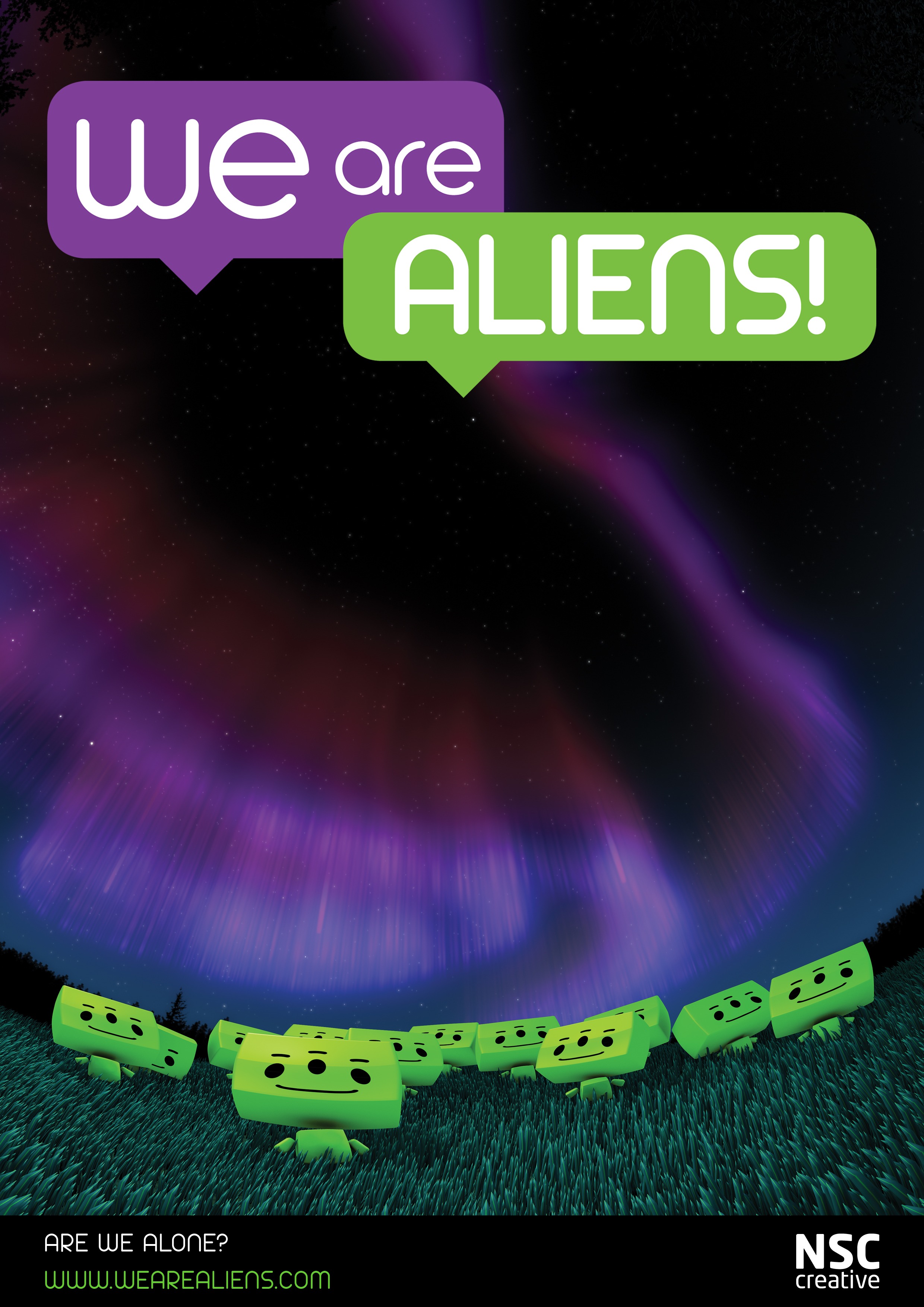
We Are Aliens!
Are we alone? For now, that answer may be yes, but scientists across the globe are working hard to understand just what life on other planets may look like. We Are Aliens! explores the possibilities, taking a look at what we know now, and how our understanding may change in the near future. Join us on the hunt for extraterrestrial life, narrated by Rupert Grint.
NGSS:
K-LS1-1, 1-ESS1-1, 2-LS4-1, 2-ESS2-3, 3-LS4-3, 3-LS3-2, 4-PS4-1, 5-PS3-1, 5-ESS2-1, MS-PS2-4, MS-LS4-2
Recommended for Ages 8 and up
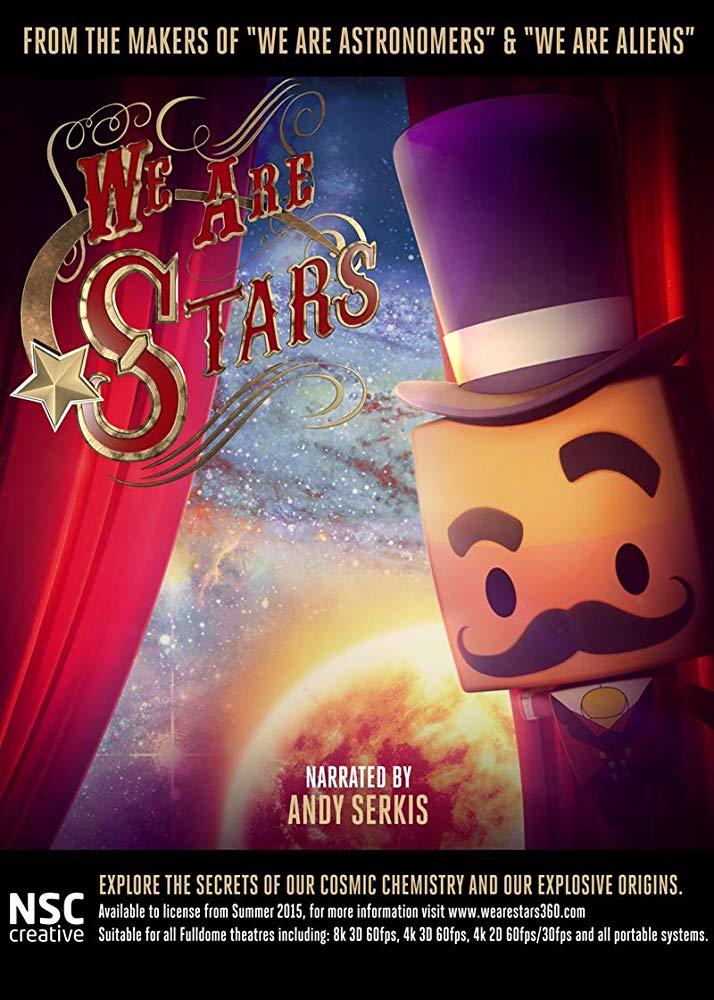
We Are Stars
What are we made of? Where did it all come from? Explore the secrets of our cosmic chemistry and our explosive origins. Connect life on Earth to the evolution of the Universe by following the formation of Hydrogen atoms to the synthesis of Carbon, and the molecules for life. Narrated by Andy Serkis.
Recommended for Ages 7 and up
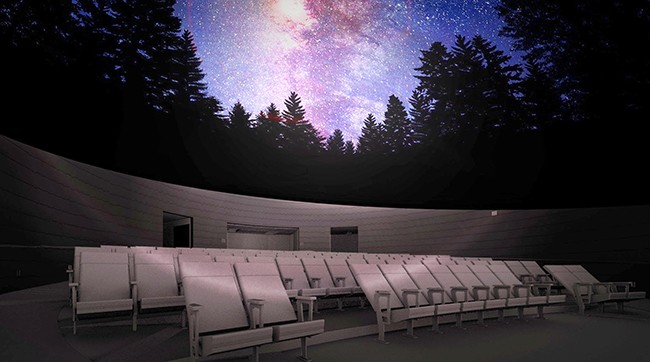

 Field Trips
Field Trips  Public
Public  Rentals
Rentals  Exhibits
Exhibits  Gift Shop
Gift Shop  Directions
Directions  Show Library
Show Library